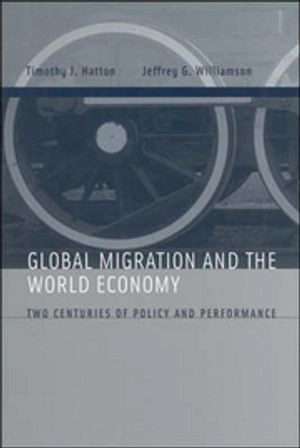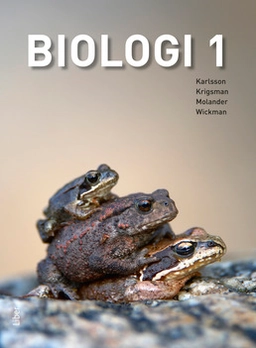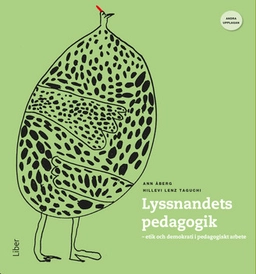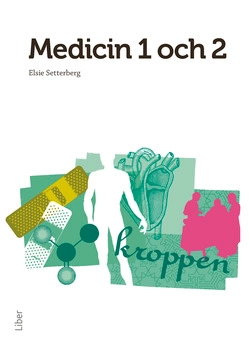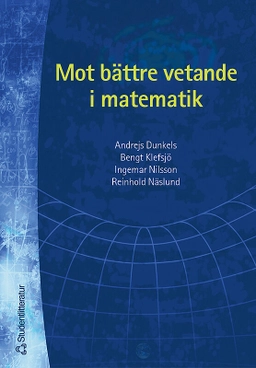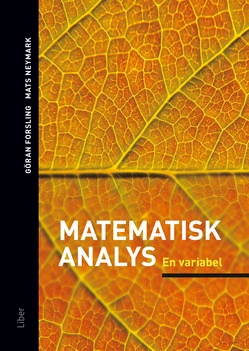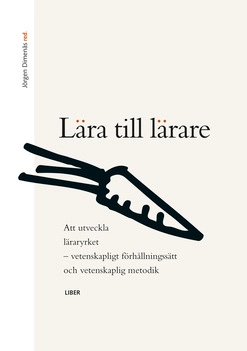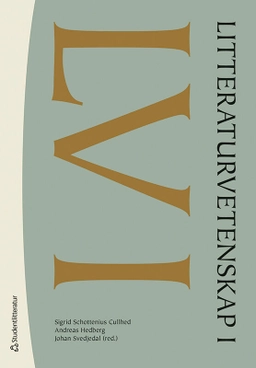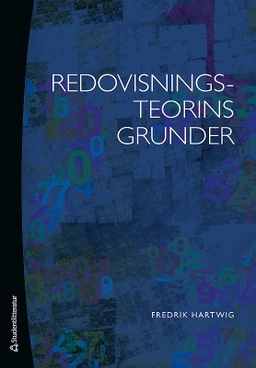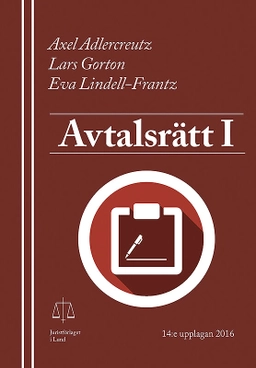World mass migration began in the early nineteenth century, when advances in transportation technology and industrial revolutions at home enabled increasing numbers of people to set off for other parts of the globe in search of a better life. Two centuries later, there is no distant African, Asian, or Latin American village that is not within reach of some high-wage OECD labor market. This book is the first comprehensive economic assessment of world mass migration taking a long-run historical perspective, including north-north, south-south, and south-north migrations. Timothy Hatton and Jeffrey Williamson, both economists and economic historians, consider two centuries of global mobility, assessing its impact on the migrants themselves as well as on the sending and receiving countries.
Global Migration and the World Economy covers two great migration waves: the first, from the 1820s to the beginning of World War I, when immigration was largely unrestricted; the second, beginning in 1950, when mass migration continued to grow despite policy restrictions. The book also explores the period between these two global centuries when world migration shrank sharply because of two world wars, immigration quotas, and the Great Depression. The authors assess the economic performance of these world migrations, the policy reactions to deal with them, and the political economy that connected one with the other. The last third of Global Migration and the World Economy focuses on modern experience and shows how contemporary debates about migration performance and policy can be informed by a comprehensive historical perspective.
Åtkomstkoder och digitalt tilläggsmaterial garanteras inte med begagnade böcker
